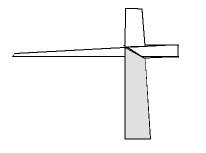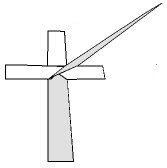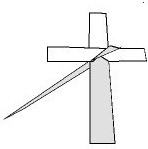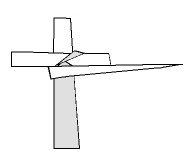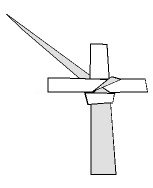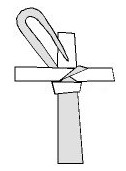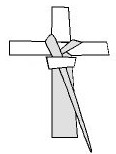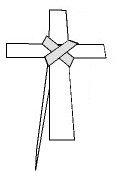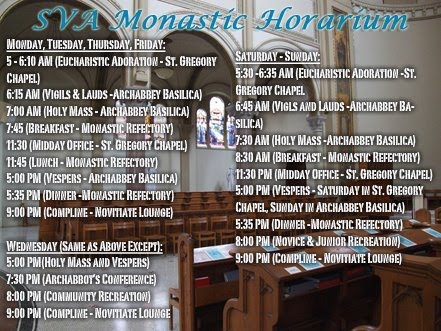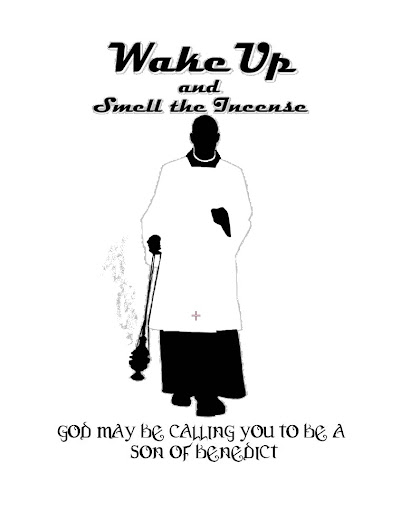From: www.courier-journal.com
Posted on April 29, 2009
The Rev. Theodore Heck, believed to be the world’s oldest Benedictine monk, died at age 108 today at St. Meinrad Archabbey in Southern Indiana.
Heck, who died a month before what would have been his 80th anniversary in the priesthood, was a former professor and rector at St. Meinrad’s college and seminary. The monastery said he was the oldest monk in the monastic orders following the tradition of St. Benedict.
In a monastery interview posted on YouTube, Heck said in 2006 he still enjoyed the monks five-times-a-day gatherings for prayer.
“As long as I can hear and I can pray, I’m glad to be with them,” he said.
“Everybody needs a family life of some kind,” he added. “Here we are kind of a spiritual family of young men and older men living together in harmony.”
A native of Chariton, Iowa, Heck was born on Jan. 16, 1901 and was later raised in Missouri and Indiana.
Photo Courtesy St. Meinrad Archabbey
He enrolled in the high school seminary at St. Meinrad in 1918, professed his vows as a monk in 1923, and was ordained to the priesthood in 1929.
He earned a doctorate in education at Catholic University of America and taught for more than 50 years at both the high school and graduate seminaries at St. Meinrad. As rector, he oversaw the accreditation of St. Meinrad’s undergraduate and graduate programs.
The high school and college programs have since closed, but the graduate School of Theology continues to operate.
At age 70, a time when most people have wrapped up their careers, he began a 17-year term as pastor of St. John Chrysostom Parish in New Boston, Ind.
He earned a doctorate in education at Catholic University of America and taught for more than 50 years at both the high school and graduate seminaries at St. Meinrad. As rector, he oversaw the accreditation of St. Meinrad’s undergraduate and graduate programs.
The high school and college programs have since closed, but the graduate School of Theology continues to operate.
At age 70, a time when most people have wrapped up their careers, he began a 17-year term as pastor of St. John Chrysostom Parish in New Boston, Ind.
The funeral will be Saturday.
Benedictine monks make vows committing themselves to lives of prayer, obedience, celibacy and stability, or staying rooted in their community.





































